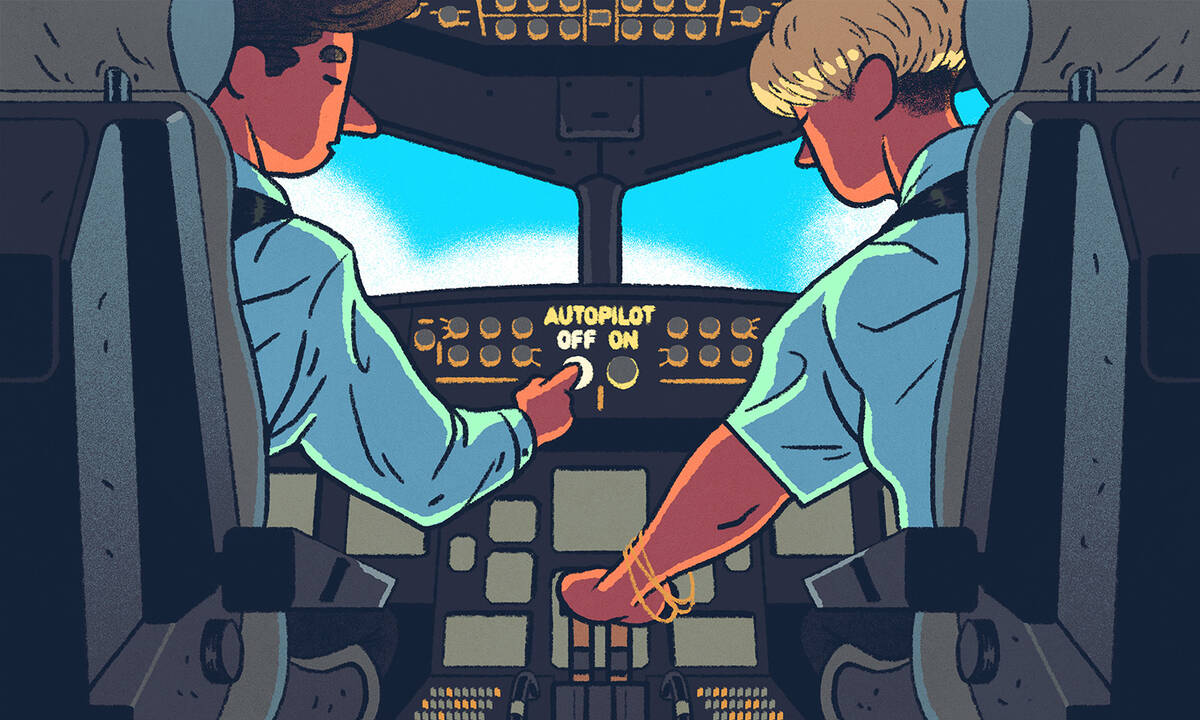Featured Faculty
Henry Bullock Professor of Finance & Real Estate; Director of the Crown Family Israel Center for Innovation; Co-Director of the Guthrie Center for Real Estate Research

Michael Meier
Last week, two of the largest U.S. airlines released their quarterly earning reports. For the first nine months of the year, Delta Air Lines’ revenue was $10.2 billion, a decline of 68 percent from the same period in 2019, while United Airlines’ revenue was $9.4 billion, also a decline of exactly 68 percent. Delta and United have reported net losses of $11.6 billion and $5.2 billion, respectively. American Airlines, which is expected to report its third quarter financial results this week, is unlikely to have fared better.
The airline industry is in a crisis worse than anything we have seen before. Demand for air travel around the world collapsed in mid-March 2020, and while it slightly rebounded over the summer, domestic aircraft departures are still down by more than 50 percent. International travel has been hit harder still. And demand is expected to remain depressed for the foreseeable future.
The CARES Act provided the largest airlines almost $16.0 billion in grants and $6.5 billion in loans to keep them afloat, but it has not been enough. In order to survive in such an environment, airlines have rushed to banks and capital markets where they issued bonds and drew on their credit lines to raise money. Airlines have since borrowed and issued notes and bonds worth roughly $48 billion; they’ve resorted to secured borrowing—a practice traditionally used primarily by low-rated and distressed firms.
All this debt on airlines’ balance sheets has resulted in high leverage ratios. For example, Delta Air Lines’ leverage ratio (measured as the ratio of debt to total capital) has increased from 0.53 in June 2019 to 0.78 a year later. United Airlines’ leverage ratio has increased from 0.64 to 0.73, and Southwest saw its leverage ratio rise from 0.29 to 0.51.
This debt has taken its toll on industry credit ratings, which are currently at a very low point. S&P has downgraded the credit rating of every single airline in the U.S.: Delta and Alaska Air Group were downgraded from a BB+ to a BB, JetBlue and Spirit Airlines from a BB to B+, United from a BB- to B+, Hawaiian from BB- to CCC+, Allegiant Travel from B+ to B, and American Airlines from B to B-. These downgrades put most U.S. airlines deep in the “speculative grade” classification—a euphemism used by market participants to describe very risky firms with a high probability of default. The only airline that is currently rated higher is Southwest, which was downgraded from BBB+ to BBB, but is still above the threshold for being considered investment grade.
So far, in part thanks to the CARES spending, airlines have been mostly holding on to the cash they raised. By the end of June 2020, airlines were sitting on cash worth more than $56 billion—an increase of $35 billion from their cash holdings a year earlier. If this could continue, then their future might not seem so dire: after all, the cash on the assets side offsets the debt on the liabilities side.
“In order to recover, [airlines] will need to significantly restructure their costs and renegotiate their capital structures.”
— Efraim Benmelech
However, barring a second dramatic injection of government aid, airlines will need to spend this money. Industry estimates suggest that airlines have already burned through $51 billion in cash and are expected to keep burning through cash until 2022.
Some of the airlines’ costs can be eliminated or significantly reduced when they fly less. These variable costs include, for example, the amount they spend on fuel or food and drinks. Other costs are fixed: unless an airline terminates or successfully renegotiates a lease, it will continue to pay aircraft rental costs to lessors. But the lion’s share of airlines’ costs are somewhere in between variable and fixed: they are semifixed costs such as labor and maintenance expenses. Semifixed costs such as salaries do not fully adjust even to a dramatic decline in revenue such as the one caused by COVID-19. For example, in the first six months of 2020, salaries accounted for 56 percent of American Airlines’ revenue compared with only 28 percent a year earlier.
Will the U.S. airline industry survive COVID-19? With all that debt and government aid airlines are currently on life support. In order to recover, they will need to significantly restructure their costs and renegotiate their capital structures. In the aftermath of 9/11, there was a long and massive wave of airline bankruptcies. Legacy carriers such as United, Delta, Northwest, and U.S. Airways filed for Chapter-11 and emerged leaner and healthier. In doing so, they reneged on pension promises, cut wages, and laid off thousands of employees. Unfortunately, to survive COVID-19, airlines will likely need to do all of the above—and more. With so much debt on their balance sheets, the post-COVID-19 ride will be a very bumpy one.
*
This article originally appeared in Forbes.